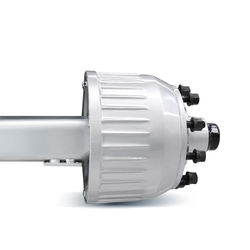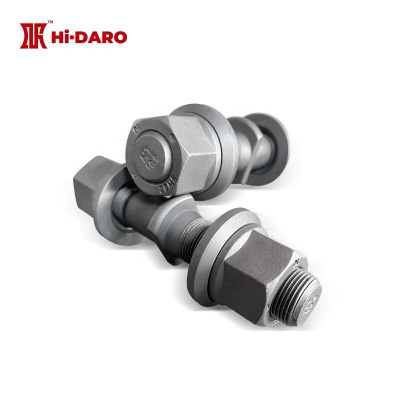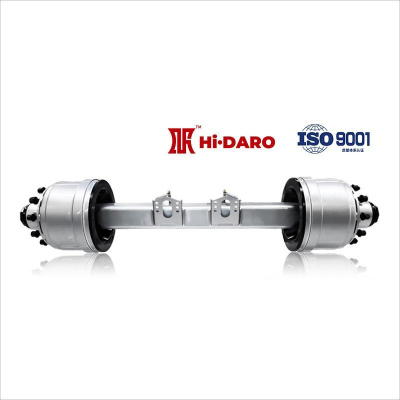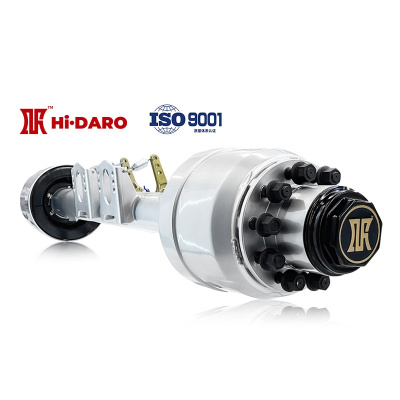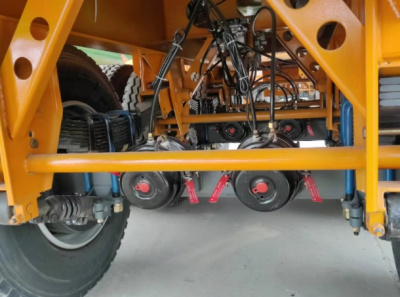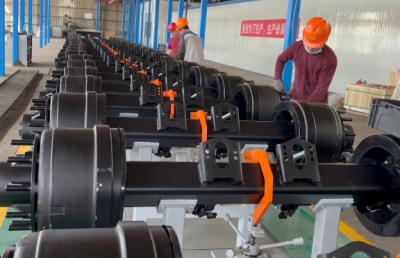The entire production process of semi-trailer axles
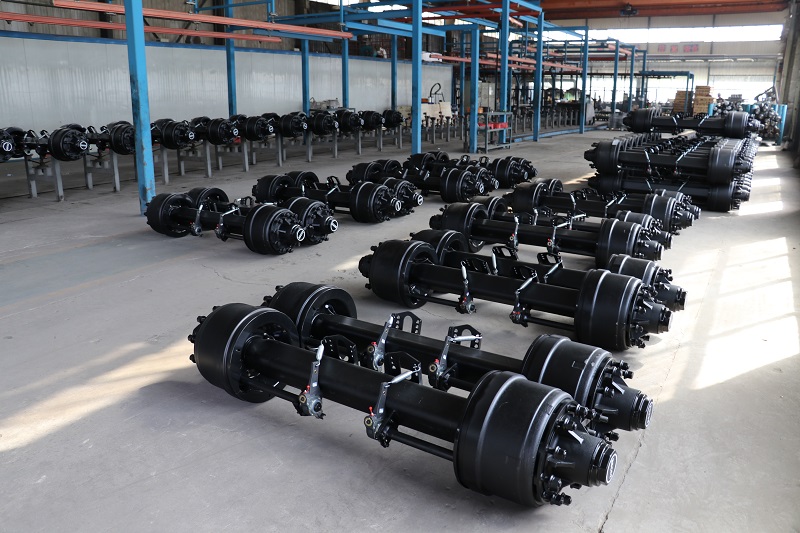
The axle of a semi-trailer is an important load-bearing component, and its production process directly affects the performance and service life of the axle. The following is the production process of a general semi-trailer axle:
1. * * Design phase * *:
-Requirement analysis: Determine the load-bearing capacity, dimensions, weight, and other parameters of the axle based on the usage environment and requirements of the semi-trailer.
-Design drawings: Use CAD software for 3D design and draw detailed drawings of the vehicle axle.
2. * * Material Preparation * *:
-Material selection: Typically, high-strength steel or alloy steel is used for vehicle axles to ensure their strength and wear resistance.
-Cutting: According to the design drawings, the steel is cut into the desired shape and size using methods such as laser cutting and plasma cutting.
3. * * Forming Processing * *:
-Bending: Use a bending machine to bend the sheet metal into the shape of a vehicle axle component.
-Forming: The complex structural parts of the axle are formed by stamping using equipment such as presses and molds.
4. * * Mechanical processing * *:
-Drilling: Use drilling machines, boring machines, and other equipment to machine holes on the axle components.
-* * Turning * *: Machining shaft parts with a lathe to ensure their dimensional and shape accuracy.
5. * * Welding * *:
-Assembly: Assemble and position the processed axle components according to the design drawings.
-Welding: Gas shielded welding, laser welding and other welding methods are used to weld the various components of the axle into a whole.
6. * * Heat treatment * *:
-Quenching and tempering treatment: The welded axle is subjected to quenching and tempering treatment to improve its comprehensive mechanical properties.
7. * * Surface Treatment * *:
-* * Cleaning * *: Remove oil stains, rust, etc. from the surface of the axle.
-Rust prevention treatment: Generally, rust prevention methods such as phosphating and spraying primer are used.
8. * * Final Assembly and Debugging * *:
-Assembly: Assemble the axle, wheel hub, brake and other components onto the axle.
-Debugging: Check the quality of the axle assembly, perform necessary debugging, and ensure that all components operate normally.
9. * * Inspection * *:
-* * Dimensional Inspection * *: Check if the dimensions of the axle meet the design requirements.
-* * Performance testing * *: Conduct load-bearing, fatigue and other performance tests on the vehicle axle to ensure that the quality meets the standards.
10. * * Packaging and Shipping * *:
-Coating: Apply protective paint to the surface of the vehicle axle for anti-corrosion treatment.
-* * Packaging * *: Use appropriate packaging methods to ensure that the axle is not damaged during transportation.
-* * Shipment * *: Transport the axle to the customer's designated location.
Quality control is crucial throughout the entire production process, requiring strict adherence to national and industry standards to ensure that every step meets quality requirements. Meanwhile, with the development of technology, the application of intelligent and automated production lines in the production of semi-trailer axles is becoming increasingly widespread, improving production efficiency and product quality.
